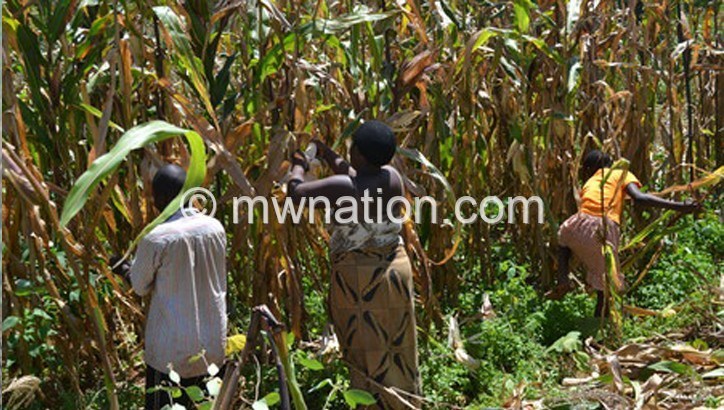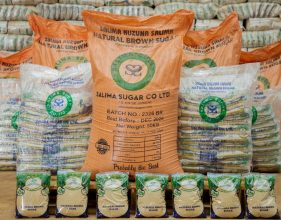Hungry mouths double to 2.7m
The number of starving people in Malawi has more than doubled to 2.7million from 1.1 million last year.
The estimate by the Regional Vulnerability Assessment and Analysis (RVAA) represents an increase of 140 percent from the 2019/20 consumption season when 1.1 million Malawians were food insecure.

The recent Southern Africa Development Community (Sadc) Synthesis Report on the State of Food and Nutrition Security and Vulnerability in Southern Africa shows that out of the 2.7 million affected people, the majority, estimated at 1.9 million, are from rural areas with the remaining 800 000 from urban areas.
Based on the Sadc statistics, it means that 13 out of every 100 people in rural areas (or 14.7 million) face hunger in the 2020/21 consumption season.
In its report, Sadc said the number of food insecure people in Malawi and other countries this year will exceed its assessment figures, “given the unassessed urban poor and the fact that we simply cannot know where we will be, come the peak of the lean season between November 2020 and January 2021”.
In an interview yesterday, Malawi Vulnerability Assessment Committee (Mvac) head of division Sophie Kango’oma refrained from commenting much on the Sadc figures, but said Mvac had completed its field work and would release findings soon.
The Sadc report also acknowledges that most of the national vulnerability assessment committees, including Mvac, were still analysing the impact of the coronavirus pandemic on food and nutrition security as well as the secondary effects that might have been brought about by the global pandemic.
Mvac—which comprises government ministries and departments, international non-governmental organisations (NGOs) and United Nations (UN) agencies—assesses levels of access to food by the population to determine the severity of food and nutrition insecurity. It also determines food and non-food needs of the affected population, among others.
While appreciating Sadc’s latest figures on Malawi’s food security situation, Department of Disaster Management Affairs (Dodma) spokesperson Chipiliro Khamula yesterday said as per tradition, the department would still wait for the Mvac report.
He said the Mvac report enables Dodma and all its stakeholders to draw out what is called a Lean Season Food Insecurity Response Plan (LS-Firp) for implementation between October and March.
The Sadc report largely attributes the soaring number of food insecure Malawians to negative impacts of coronavirus which it says have culminated in households to suffering loss of income and reduction in income from both formal and informal sources.
Rural households have experienced significant decreases in remittances, it says.
In Malawi, remittances sent by migrants in other countries are a significant source of capital for food security and livelihood support for remittance-dependent households.
The World Bank estimates that including Malawi, received an estimated $7 billion in remittances in 2019, but the figure is likely to plunge to a record low in 2020 due to Covid-19 pandemic.southern Africa countries,
Combined, Admarc and the National Food Reserve Agency (NFRA) are targeting to purchase over 200 000 tonnes of maize by August 2020.
Normally, the NFRA stocks over 260 000 tonnes as strategic grain reserves and for humanitarian responses while Admarc typically sells around 50 000 tons of maize in a year at subsidised prices.
Reacting to the Sadc report, Civil Society Agriculture Network (CisaNet) national coordinator Pamela Kuwali yesterday noted that the significant number of people affected points to vulnerability of the country’s agriculture sector to shocks and the need to implement policies that will promote the resilience of farmers.
She said CisaNet acknowledges that 2020 is an extraordinary year in the sense that despite the bumper harvest at 25 percent higher than the previous three-year average, the country still had “a huge case load” of those that are at risk of food insecurity, adding that the number is likely to rise as we approach the lean season.
On his part, policy analyst Alex Nkosi said yesterday that it was not surprising that many Malawians will face food shortages as portrayed by the Sadc report.
He said Covid-19 has worsened the situation.
The Sadc reportis above the 1.8 million estimate in the last Mvac report released on December 20 2019 which was based on an assessment conducted from November 4 to 29 2019.





